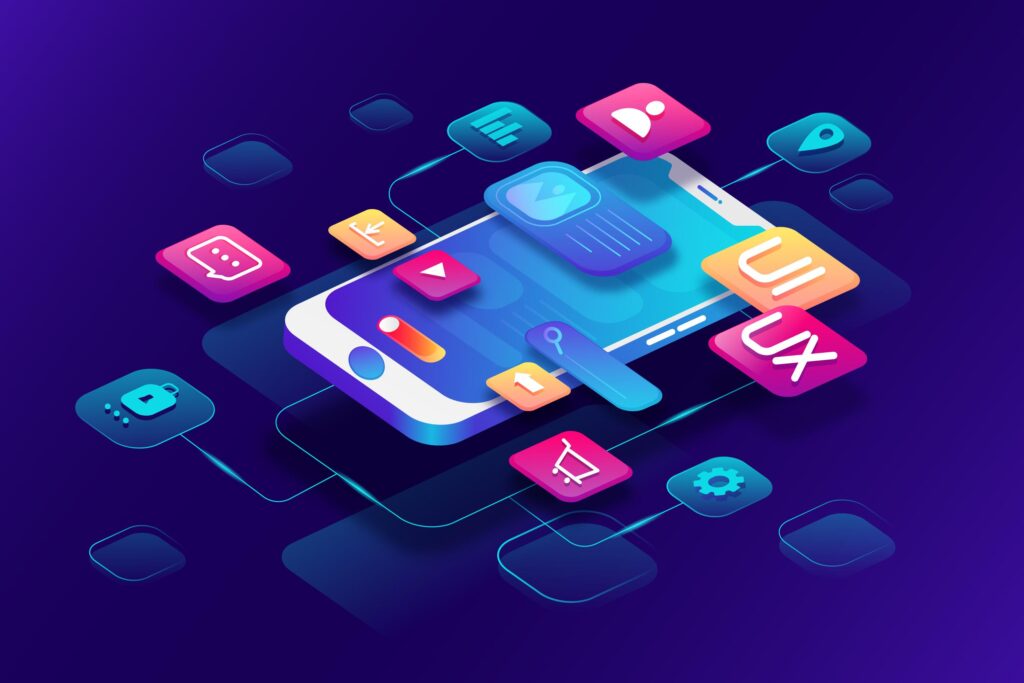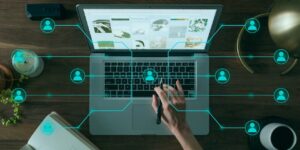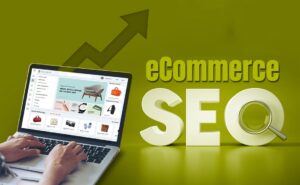Outline of the Article
- Introduction to App Development
- Understanding the Basics
- What is app development?
- Different types of apps
- Getting Started with App Development
- Choosing the right platform
- Learning programming languages
- Planning Your App
- Identifying your target audience
- Defining features and functionalities
- Designing Your App
- User interface (UI) design
- User experience (UX) design
- Developing Your App
- Setting up development environment
- Writing code and implementing features
- Testing Your App
- Importance of testing
- Types of testing
- Launching Your App
- Preparing for launch
- App store submission process
- Post-Launch Strategies
- Gathering user feedback
- Continuous improvement and updates
- Conclusion
How to Start App Development
Are you eager to dive into the world of app development but unsure where to begin? Whether you have a groundbreaking idea for the next big app or simply want to explore this exciting field, starting the journey can feel overwhelming. Fear not! In this comprehensive guide, we’ll walk you through the essential steps to kickstart your app development journey and turn your ideas into reality.
1. Introduction to App Development
In today’s digital age, mobile applications have become an integral part of our daily lives. From social networking to productivity tools, there’s an app for almost everything. App development refers to the process of creating software applications that run on mobile devices such as smartphones and tablets.
2. Understanding the Basics
What is App Development?
App development involves a series of steps including planning, designing, developing, testing, and launching an application. It requires a combination of technical skills, creativity, and problem-solving abilities.
Different Types of Apps
There are various types of apps, including native apps, web apps, and hybrid apps. Native apps are developed for a specific platform (e.g., iOS or Android) using platform-specific programming languages. Web apps run on web browsers and are accessible across different platforms. Hybrid apps combine elements of both native and web apps.
3. Getting Started with App Development
Choosing the Right Platform
Before diving into app development, it’s essential to choose the right platform for your target audience. Consider factors such as user demographics, device popularity, and market trends when selecting between iOS, Android, or cross-platform development.
Learning Programming Languages
To become proficient in app development, you’ll need to learn programming languages such as Java, Kotlin, Swift, or JavaScript. There are numerous online resources, tutorials, and courses available to help you master these languages.
4. Planning Your App
Identifying Your Target Audience
Understanding your target audience is crucial for designing an app that meets their needs and preferences. Conduct market research to identify your potential users’ demographics, behaviors, and pain points.
Defining Features and Functionalities
Outline the features and functionalities you want your app to offer. Prioritize essential features and consider user feedback to refine your app’s design and functionality.
5. Designing Your App
User Interface (UI) Design
Create a visually appealing and intuitive user interface that enhances the user experience. Pay attention to factors such as layout, colors, typography, and navigation to ensure usability and accessibility.
User Experience (UX) Design
Focus on delivering a seamless user experience by optimizing interactions, reducing friction, and providing meaningful feedback. Conduct usability testing to identify areas for improvement and refine your app’s UX design.
6. Developing Your App
Setting Up Development Environment
Choose the right development tools and platforms to build your app. Set up your development environment by installing necessary software, SDKs, and frameworks.
Writing Code and Implementing Features
Start coding your app by translating your design concepts into functional code. Implement features, integrate APIs, and handle data storage and retrieval according to your app’s requirements.
7. Testing Your App
Importance of Testing
Thorough testing is essential to ensure your app functions as intended and delivers a seamless user experience. Test your app for functionality, performance, security, and compatibility across different devices and operating systems.
Types of Testing
Perform various types of testing, including unit testing, integration testing, regression testing, and user acceptance testing. Identify and fix bugs and issues promptly to maintain the quality of your app.
8. Launching Your App
Preparing for Launch
Prepare a marketing strategy and promotional materials to generate buzz and attract users to your app. Optimize your app store listings with compelling descriptions, screenshots, and keywords to improve visibility.
App Store Submission Process
Follow the guidelines and requirements of app stores such as the Apple App Store and Google Play Store when submitting your app for review. Address any feedback or issues raised by app store reviewers to ensure a smooth approval process.
9. Post-Launch Strategies
Gathering User Feedback
Encourage users to provide feedback and ratings to help you understand their experiences and preferences. Use this feedback to prioritize future updates and enhancements to your app.
Continuous Improvement and Updates
Regularly update your app with new features, bug fixes, and performance improvements to keep users engaged and satisfied. Stay informed about emerging trends and technologies to stay ahead of the competition.
10. Conclusion
Embarking on the journey of app development can be both challenging and rewarding. By following the steps outlined in this guide and staying committed to continuous learning and improvement, you can turn your app ideas into successful digital products that delight users worldwide.







